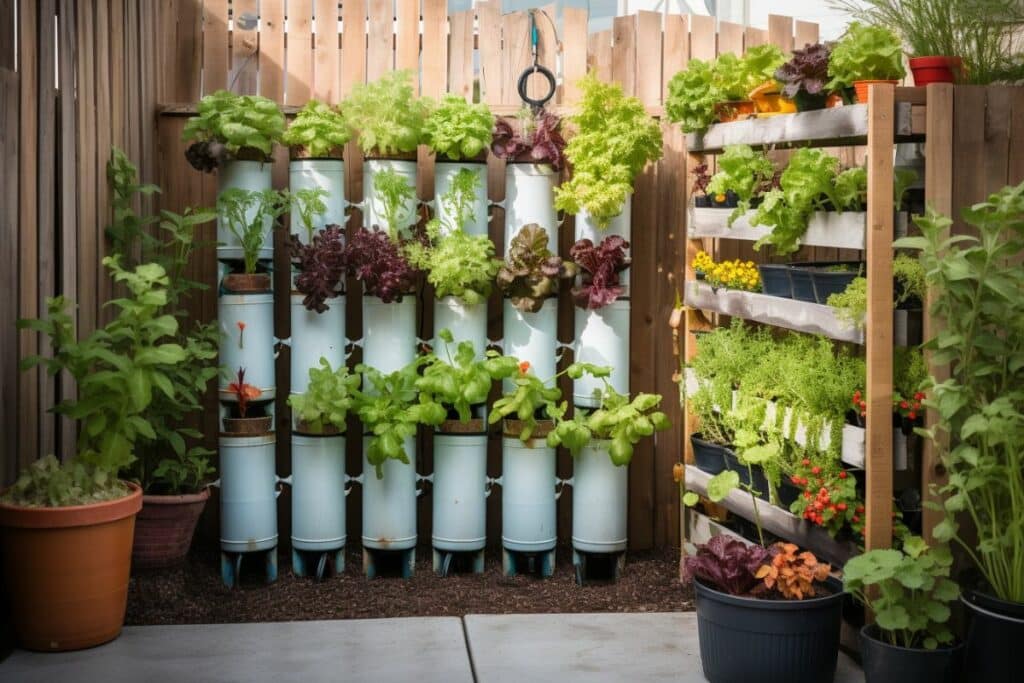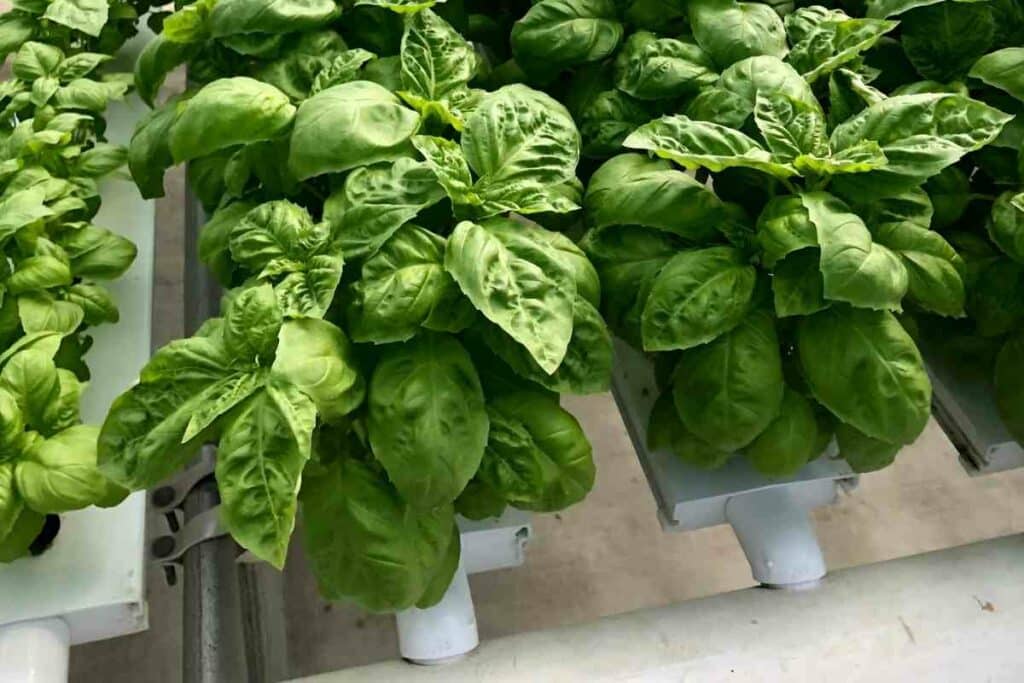One of the most frustrating problems is a nutrient deficiency in aquaponics. Imagine seeing your plants lose their health, try several treatments, and see no progress.
Aquaponic plants require special care and regular monitoring of nutrient composition in the system.
Identifying the lacking nutrient is not all, sometimes you will add the right nutrient supplement and still see no improvement.
This happens when conditions such as pH and humidity interfere with the uptake of the nutrients.
But the first step is to identify the source of the ailing signs in your plants.
How to Identify a Nutrient Deficiency in Aquaponics
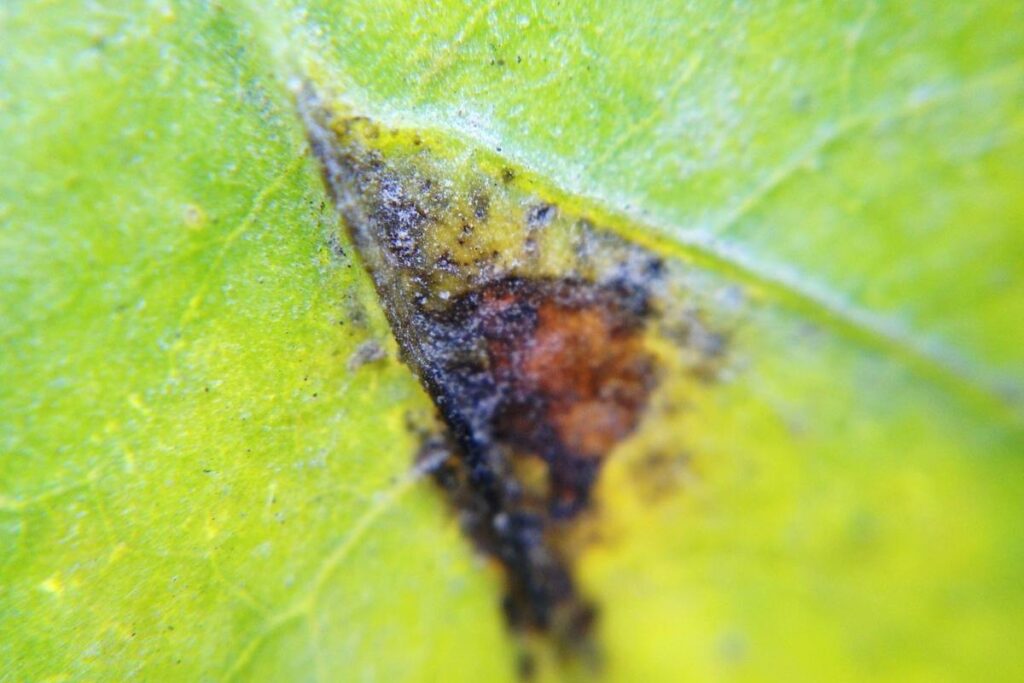
Aquaponic systems use waste excreted by fish as plants nutrients.
Unlike hydroponic systems that can get these nutrients from soil and agricultural fertilizers, plants in aquaponics depend solely on the fish’s waste.
Inadequate nutrients in the fish waste or too much of it are not suitable for your plants’ healthy development.
Moreover, different nutrient deficiencies elicit varying signs and symptoms.
The hard part is to identify the symptoms and which nutrient deficiency is responsible.
In aquaponics, nutrients are divided into:
- Mobile Nutrients: The mobile nutrients move around the plant, and you can spot the deficiency signs on the older parts of the plant, like roots and old leaves. Mobile nutrients in aquaponics include nitrogen, magnesium, potassium, phosphorus, and chloride.
- Immobile Nutrients: The immobile nutrients cannot be transported from one plant part to another.
When a plant absorbs this nutrient and depletes it in the aquaponics, the younger plant parts lack this nutrient, and you will notice the deficiency signs in them.
These nutrients include calcium, iron, sulfur, manganese, and zinc.
| Mobile Nutrients | Immobile Nutrients |
|---|---|
| Nitrogen | Calcium |
| Potassium | Iron |
| Magnesium | Sulphur |
| Phosphorus | Manganese |
| Chloride | Zinc |
Types of Nutrient Deficiencies in Aquaponics
The significant nutrient deficiencies in aquaponics include:
- Iron deficiency
- Potassium deficiency
- Phosphorus deficiency
- Magnesium deficiency
- Calcium deficiency
Iron Deficiency
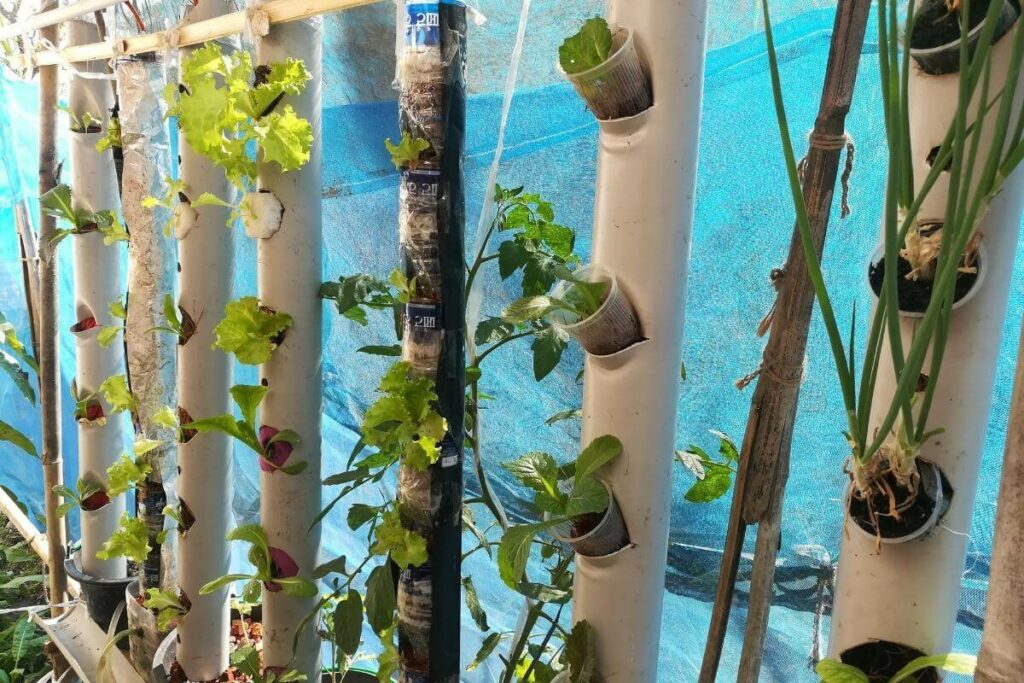
Fish waste does not contain enough iron, and this is one of the major nutrient deficiencies seen in aquaponic systems.
Plants require iron to manufacture chlorophyll and other plant enzymes.
Chlorophyll facilitates photosynthesis, plant uptake of oxygen, and overall growth.
Iron deficiency in aquaponics disrupts the manufacture of chlorophyll, which leads to the loss of the green color in leaves.
If there is no photosynthesis, there will be no fruiting or healthy vegetables, and in the worst-case scenario, the plant may die.
Signs of Iron Deficiency in Aquaponic Plants
- Yellowing of leaves
- Whitish spots on leaves
- Stunted growth
How to Fix Iron Deficiency in Aquaponics
To replenish iron in your aquaponic plants, add chelated iron.
Do your due diligence when purchasing chelated iron because some types are toxic or hard to absorb.
The optimum ratio of iron to water is 2mg to 1 liter of water, so do the math and add the correct amount depending on your tank size.
Works Best: For maximum absorption, ensure the water pH is between 6 and 7.5. Add the chelated iron once every month for best results.
Potassium Deficiency
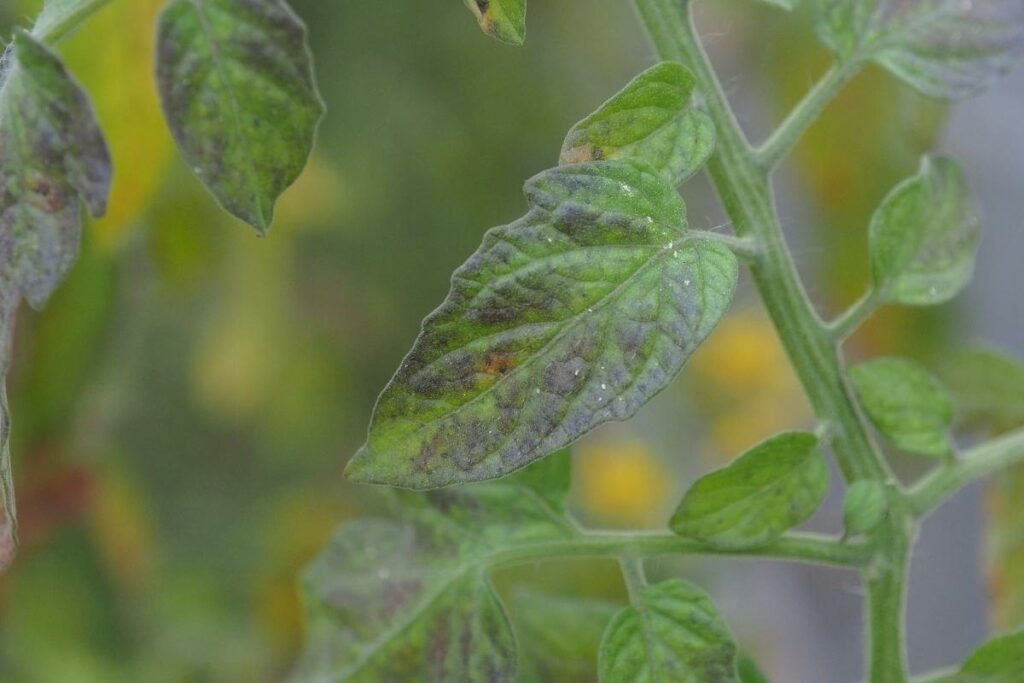
Potassium is a macronutrient whose importance in healthy plant growth cannot be overemphasized.
Plants need it for root growth, seed formation, flowering, and fruiting.
Potassium deficiency is well known to cause purple color in green vegetables and stunted leaves.
Like iron, enough potassium is needed for photosynthesis, and the lack of it affects the overall development of the plant.
Potassium-deficient plants are also vulnerable to pests and diseases, leading to poor health and death.
Signs of Potassium Deficiency in Aquaponic Plants
- Chlorosis (loss of color) in leaves
- Curled leaf tips
- Purple patches on leaves
- Yellowing of leaf veins and the spaces between them
How to Fix Potassium Deficiency in Aquaponics
There are two ways you can add potassium into your aquaponic. First, you can spray potassium chloride directly onto the plant leaves.
Do this once a week and see if there is a change.
Other potassium compounds you can use as foliar fertilizer include potassium sulfate, potassium hydroxide, and potassium carbonate.
Action To Be Taken: Alternatively, you can add a kelp meal to your fish food. The uptake of potassium depends significantly on calcium and magnesium. Maintain a healthy balance between the three nutrients for optimum potassium absorption.
Phosphorus Deficiency
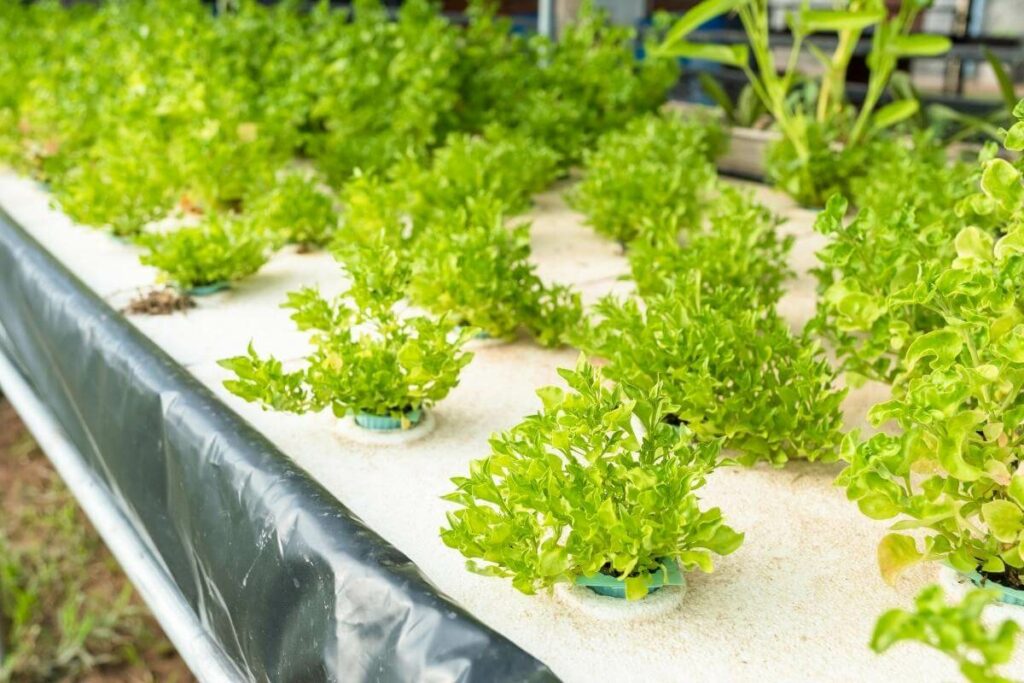
Phosphorus is a sensitive nutrient in aquaponics.
Its lack causes poor flowering and fruiting, while too much leads to over stimulation of leaves and algal blooms.
Algal blooms are a threat to your fish because they interfere with their breathing.
However, the correct phosphorus levels stimulate root growth, flower and seed development, fruiting, and vegetable growth.
Signs of Phosphorus Deficiency in Aquaponics
The signs of phosphorus deficiency aren’t straightforward, but look out for the following symptoms:
- Stunted growth
- Red or purple patches on leaves
- Leaves on the base of the plant have a darker green color
- Scarce leaf distribution on the plant
How to Fix Phosphorus Deficiency in Aquaponics
Phosphorus supplements are available as rock phosphate pellets or powder.
You can add it sparingly to the system, but the best way is to put it in your aquaponics grow bed.
When adding it to the grow bed, ensure the aquaponic is shielded from sunlight.
This slows down the dissolution of the phosphate in the growth medium before the plant can absorb it, thus preventing algal blooms.
Calcium Deficiency
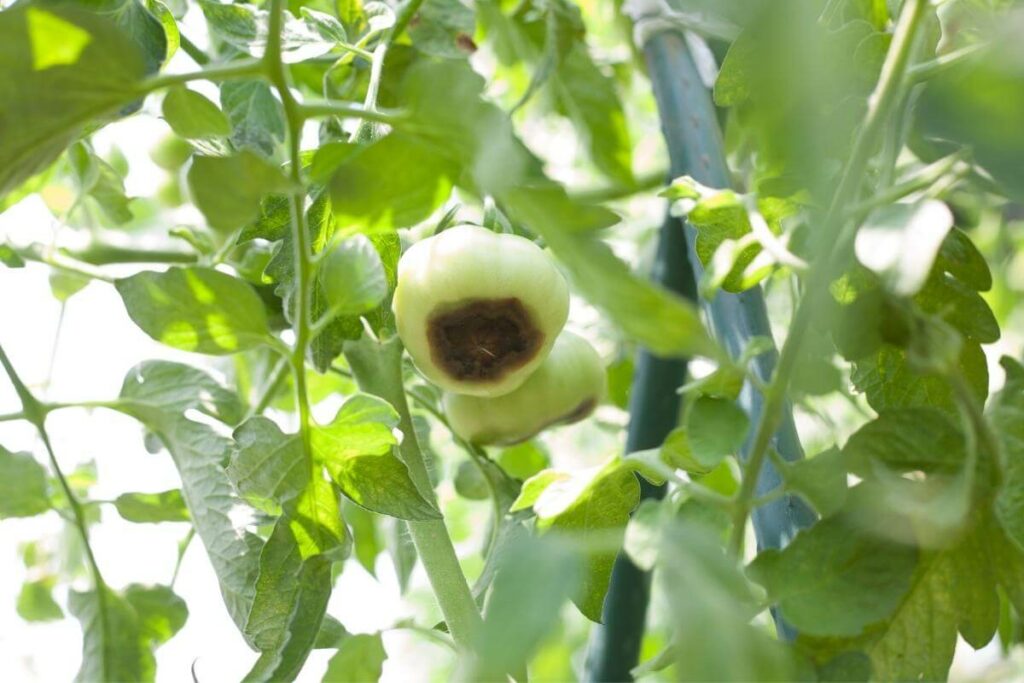
Calcium keeps fruits and vegetables firm, juicy and healthy.
This is because the nutrient balances osmotic pressure and maintains cell walls which keep stems upright and plant parts firm.
High humidity interferes with the uptake of calcium. Therefore, keep your aquaponic well-ventilated.
Signs of Calcium Deficiency in Aquaponics
- Blossom end rot in fruits
- Stunted growth
- Withering of immature leaves, flowers, or fruits
- Darkening leaves, flowers, and vegetables
How to Fix Calcium Deficiency in Aquaponics
Add calcium chloride to water and spray it on the leaves as foliar.
You can also add chelated calcium or lime (calcium and magnesium chloride mixture) directly to the water.
Watch Out: Follow the manufacturer’s recommendations for best results.
Magnesium Deficiency
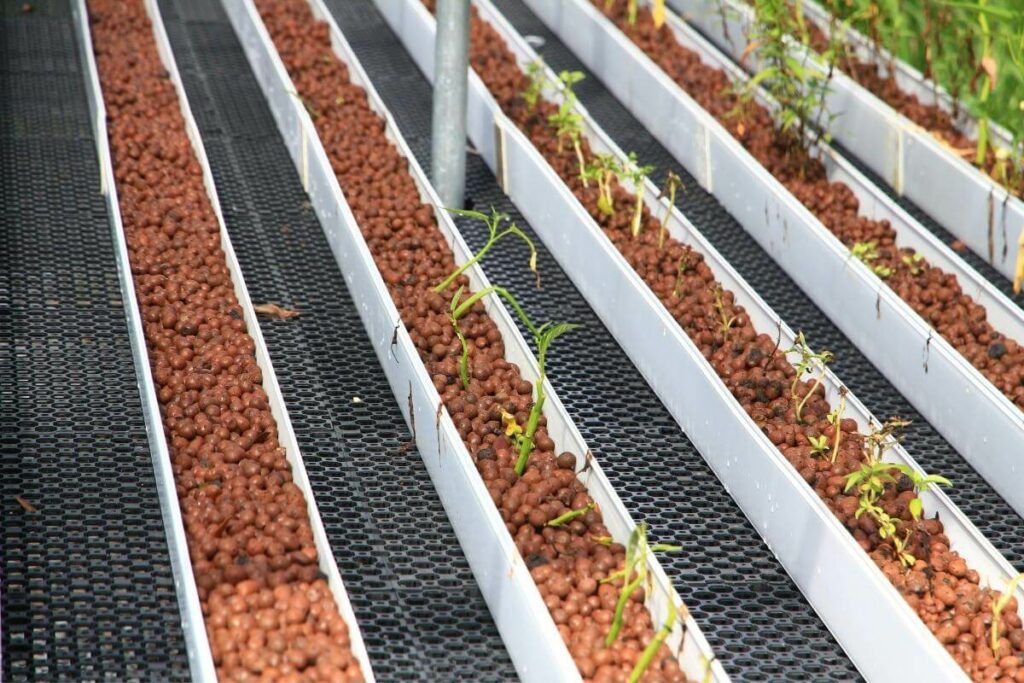
Magnesium is crucial for the formation and distribution of chlorophyll in plants.
Inadequate chlorophyll means poor photosynthesis resulting in poor growth.
The macronutrient also activates enzymes, thus promoting growth processes.
Signs of Magnesium Deficiency in Aquaponics
- Yellowing of leaves, especially around leaf veins
- Folding of leaves
- Loss of immature leaves
How to Fix Magnesium Deficiency in Aquaponics
Add agricultural lime. Remember calcium and magnesium compete for plant uptake, so ensure you find the right balance.
As a rule of the thumb, use a 2:1 ratio, calcium to magnesium.
Kelp concentrate and magnesium sulfate also help to supplement magnesium, especially in neutral PH aquaponic systems.
Add the concentrate once every week for best results. Additionally, you can add Epsom salt (magnesium sulfate powder) to the water.
Final Thoughts
One of the challenges in aquaponic farming is nutrient deficiency because fish waste may lack some of the essential nutrients found in soil.
Add nutrient supplements such as seaweed extracts, kelp mixture, and other agricultural compounds in controlled pH to fix these deficiencies.
Also, keep the system well-ventilated as high humidity may interfere with the plant’s nutrient uptake.
